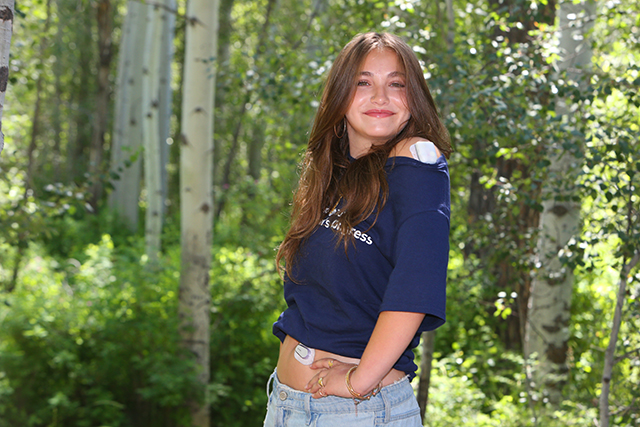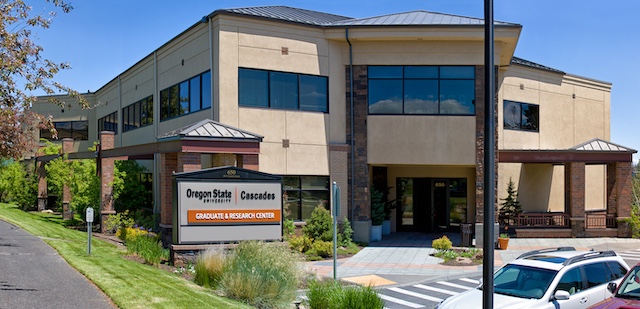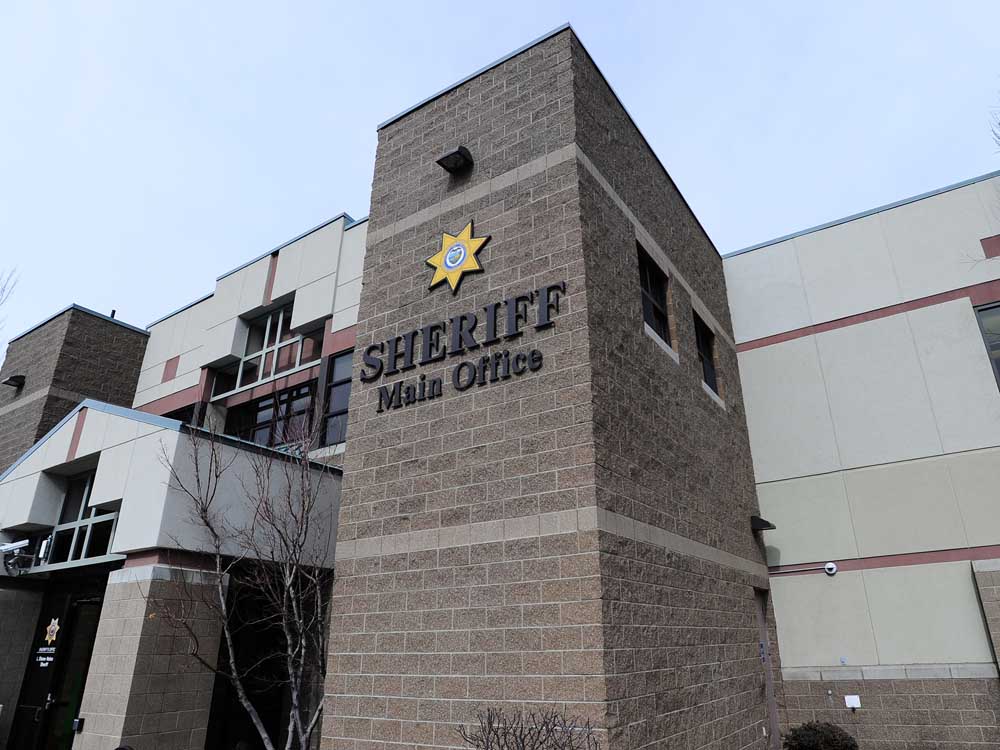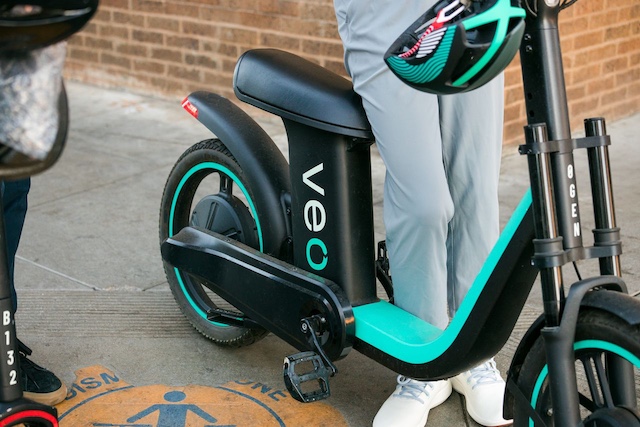America’s gardens take center stage at the Smithsonian
Published 12:10 am Sunday, June 11, 2017
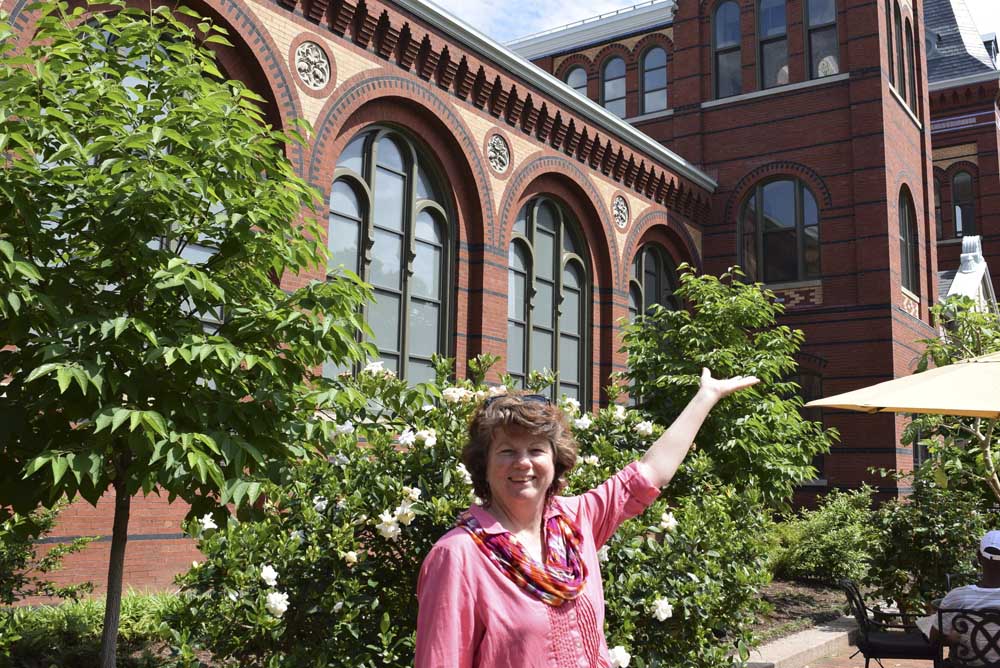
- In an undated handout photo, Cindy Brown with gardenias at the Enid A. Haupt Garden, one of 13 gardens at the Smithsonian in Washington. Brown is the education and collections manager for the gardens, and hopes public perceptions of gardens can change with a new exhibition at the National Museum of American history. (Handout via The New York Times)
The United States has a rich yet relatively unknown tradition of beautiful gardens, said Cindy Brown, the education and collections manager at the Smithsonian Gardens in Washington. “Gardens in this country date back to the 17th century and continue to be an attraction today,” she said, “but most people aren’t aware of how many of them there are and don’t necessarily think of them as destinations.”
Brown, 59, said she hoped that perception would change when the exhibition “Cultivating America’s Gardens,” a collaboration between the Smithsonian Libraries and the Smithsonian Gardens, opened at the National Museum of American History in Washington last month. The show, on display through August 2018, gives visitors a snapshot of gardens in the United States from their beginnings to the present day.
Trending
Here are edited excerpts from an interview with Brown.
Q: What’s the oldest garden in the U.S., and is it still open to visitors?
A: The answer is debatable, depending on whom you ask and how the parameters are set, but the ones in the running are all open to the public.
Mount Auburn Cemetery, near Boston, was established in 1831 as a cemetery and garden and claims to be the oldest public garden. There are more than 16,000 plants there and a diversity of trees, including black and white oaks, Japanese hollies and flowering dogwoods. The garden at the Governor’s Palace in Williamsburg, Virginia, was created around 1720, which makes it one of the country’s oldest formal private gardens. In spring, it’s resplendent with tulips. But Magnolia Plantation and Gardens, in Charleston, South Carolina, claims to be the oldest private and public garden in the United States. The plantation was founded in 1676, and the gardens have one the largest camellia collections in the country.
Q: While people are in Washington for the exhibit, what other gardens should they see in the area?
A: Definitely the Smithsonian Gardens; we have 13 gardens spread over 9 acres around the Smithsonian museums. They’re full of every kind of tree, plant and flower that grows in the area. We’re known for the saucer magnolia trees and unusual evergreens, such as the monkey puzzle tree, which was imported from Chile; it’s 15-feet tall and has incredibly sharp needles. Otherwise, the D.C. area has more than two dozen gardens, and visitors can go to dcgardens.com to see what they are.
Trending
Q: Can you visit a garden in the winter?
A: Winter gardens are magical. A bit of open sky, the texture of the trees, an occasional flowering shrub or early blooming bulb help dismiss the gloom of being indoors.
Q: How can people find gardens near where they live or at a destination they’re visiting?
A: The best sources to find a public garden in any region of the United States are maps on the American Public Gardens Association and the American Horticultural Society websites.
Q: If you don’t know anything about plants or flowers, is it still possible to appreciate a garden?
A: I am biased, but I would say absolutely yes. When you’re in a garden, you’re surrounded by nature and immersed in beauty, which is rejuvenating. And even if you’re not interested in learning about the specific plants growing in that garden, the experience of being in one can be enjoyable for people of all ages.


